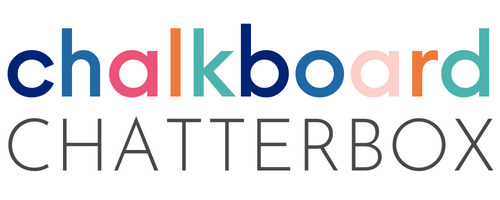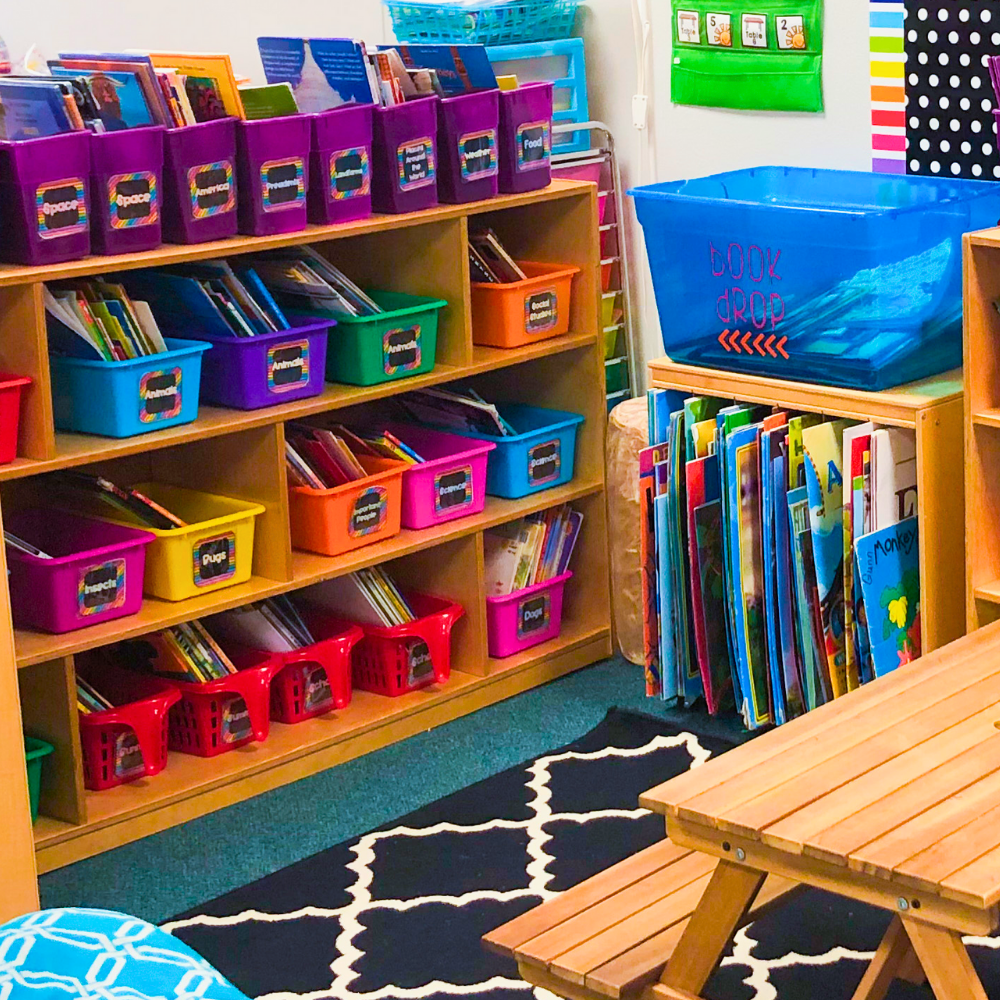Empower Independent Readers with a Phonics Review Tool
With the changes surrounding phonics instruction, you and your students may be struggling and feeling some frustration. Don’t worry, teacher friend! With this phonics resource, your first or second students will have each phonics lesson summarized into one comprehensive tool. In this post, you’ll learn:
the science behind effective phonics instruction
all about the tool that will change your phonics instruction
how phonics review can impact reading comprehension
The Science of Reading
The Science of Reading is an evidence-based approach to teaching reading that emphasizes explicit instruction in phonemic and phonological awareness through phonics instruction. Instead of using books with repeating patterns, a main component of Balanced Literacy, students develop fluency and apply phonics knowledge with decodable texts.
Primary teachers play an important role in helping students developing phonemic awareness. Pre-k and kindergarten is a prime time for children to begin making the connection of letters to sounds. Activities like rhyming games and sound blending practice can help students develop crucial phonemic awareness skills that they will use later when decoding and reading for comprehension.
Click the link to read more information about The Science of Reading, on the post Word Wall or Sound Wall?: Cracking the Code
Build the confidence of students by incorporating decodable texts and poems into your reading instruction. Decodable texts are books designed with familiar phonetic patterns that allow readers to decode words using their phonological awareness. Students love decodable texts because they encourage successful, independent reading and give students the opportunity to practice blending and segmenting.
Explore a New Interactive Phonics Review Resource
Using tools like interactive phonics games, phonics posters, anchor charts, and multisensory activities, teachers can provide engaging instruction that aligns with the principles of The Science of Reading. What if you had a way to combine your phonics posters and anchor chart topics into one comprehensive tool?
With this tool at their fingertips, students will have easy access to phonics topics like identifying consonants and vowels and the characteristics of rhyming words. Your students will also be able to remember the difference between short and long vowels with this engaging and effective student resource. Developed based on The Science of Reading, this tool reinforces essential phonics skills and promotes independence and success.
The Key to Reading Proficiency
Difficulty in understanding phonics topics can lead to frustration and lack of confidence in young readers. Challenges with reading comprehension are often associated with difficulties with decoding and vocabulary.
Say goodbye to all your phonics struggles! With this phonics companion, teachers can effortlessly reinforce important phonics skills in a fun and engaging way. Your students will love the confidence that they develop as they build their phonological awareness and reading independence.
Ready to try this in your classroom? Click here to get your Phonics Review Resource for your students to build confidence using their phonics skills to decode and read for comprehension.
Wrap-Up
Develop independent, confident readers using science-based phonics resources. With this phonics review folder, you can make learning an engaging and hands-on experience with an all access pass to phonics instruction.
You’ll love these related posts













